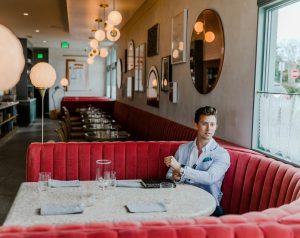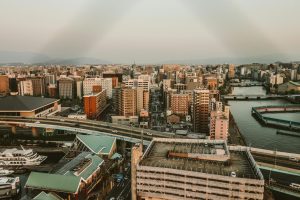How to design immersive cultural exchange experiences
Welcome to the world of cultural exchange! Immersing yourself in a new culture is an invaluable experience that can broaden your horizons, challenge your perspectives, and foster meaningful connections with people from different backgrounds. As the world becomes increasingly interconnected, the demand for immersive cultural exchange experiences is only growing. Whether you are a traveler, a student, or someone looking to expand their cultural knowledge, designing an immersive cultural exchange experience can be a truly enriching and fulfilling endeavor.
Why Design Immersive Cultural Exchange Experiences?
Designing immersive cultural exchange experiences has never been more necessary. In today’s globalized world, it is essential to have a deep understanding and appreciation for different cultures. Through cultural exchange, we can break down barriers, promote empathy, and foster mutual respect and understanding. It also provides a chance for personal growth, allowing individuals to step out of their comfort zones and learn from diverse perspectives. Moreover, it can also contribute to sustainable tourism, supporting local communities and promoting intercultural dialogue and peace.
The Foundations of a Successful Cultural Exchange Experience
Research and Preparation
The first step in designing an immersive cultural exchange experience is conducting thorough research and preparing adequately. Start by deciding which culture(s) you want to focus on and determine the goals and objectives of the experience. This will help guide your planning and ensure that the exchange is meaningful and impactful for both parties.
It is also crucial to consider the practical aspects, such as visa requirements, budget, and logistics. Additionally, reach out to local organizations, experts, and individuals who can provide valuable insights and assist with planning. The more effort you put into the research and preparation stage, the more successful and authentic your cultural exchange experience will be.
Cultural Sensitivity and Understanding
Cultural exchange experiences can only be successful if there is a mutual understanding and respect for each other’s cultures. Before embarking on the exchange, it is essential to educate yourself and your participants about the culture, customs, and traditions of the host country. This will help avoid any unintentional cultural faux pas and promote a more genuine and meaningful exchange.
Furthermore, it is vital to be open-minded and receptive to different ways of life. Remember that your way of life is not the only way, and learning and embracing new cultures is what cultural exchange is all about.
The Elements of an Engaging Cultural Exchange Experience
Homestays and Community Immersion
One of the best ways to experience a new culture is by living with a host family. Homestays allow for a more intimate and authentic cultural exchange, giving participants a firsthand look into the daily lives and customs of the host country. It also allows for deeper connections and friendships to be formed, creating a more meaningful and personal experience.
Additionally, community immersion activities, such as volunteering, participating in local festivals, or learning traditional crafts, can provide a more comprehensive understanding of the culture and its people.
Language Learning
Language is a fundamental aspect of any culture, and incorporating language learning into a cultural exchange experience can be incredibly beneficial. It not only allows for better communication with locals but also promotes a deeper understanding and appreciation for the culture. Participants can learn the basics of the local language through classes, homestays, or even language exchange programs with locals.
Cultural Workshops and Experiences
Incorporating cultural workshops and hands-on experiences can make the exchange even more engaging and immersive. This can include traditional cooking classes, dance or music workshops, or workshops on traditional art or crafts. These activities not only provide a fun and interactive way to learn about the culture, but they also support local communities and preserve cultural heritage.
Conclusion
Designing an immersive cultural exchange experience requires careful planning, cultural sensitivity, and a strong emphasis on meaningful and authentic experiences. By incorporating homestays, language learning, community immersion, and cultural workshops, you can create a well-rounded and impactful cultural exchange that benefits both the participants and the host community. So, are you ready to embark on a journey of cultural discovery? Start designing your immersive cultural exchange experience today and make a difference in the world, one cultural exchange at a time.










